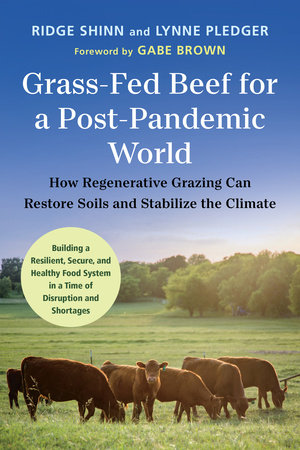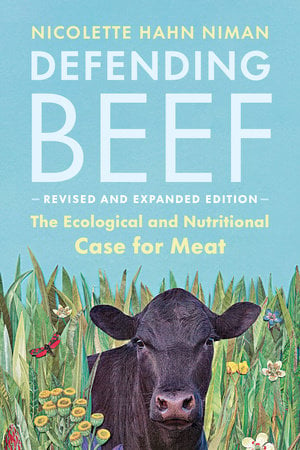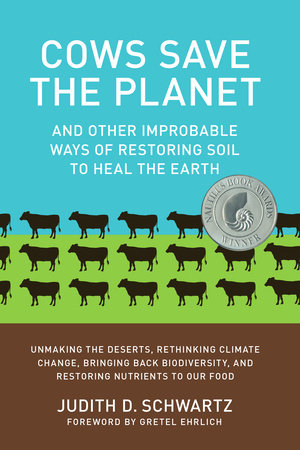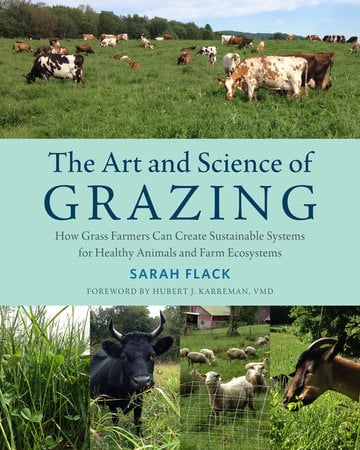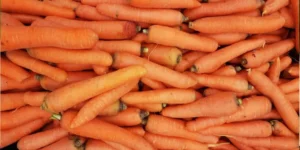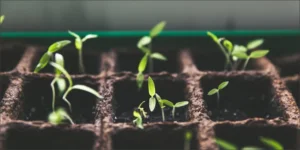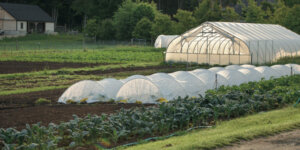Feeding the World: Why Regenerative Grazing Is So Important
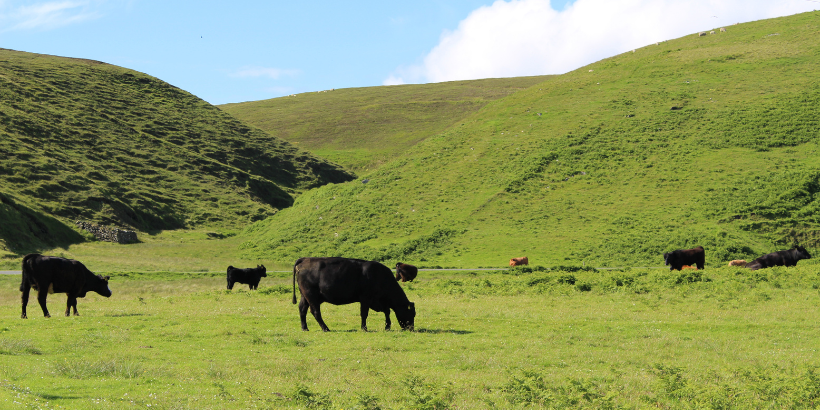
How can we learn from our mistakes and pave a way for sustainable, nutritious, local meat? In Grass-Fed Beef for a Post-Pandemic World, Lynne Pledger and Ridge Shinn take readers on a journey through production agriculture to show how regenerative grazing can benefit our climate and environment.
The foreword below by Gabe Brown, bestselling author of Dirt to Soil and pioneer of the soil-health movement, highlights the true significance of this practice.
The following is an excerpt from Grass-Fed Beef for a Post-Pandemic World by Lynne Pledger and Ridge Shinn. It has been adapted for the web.
Grass-Fed Beef for A Post-Pandemic World: A Foreword by Gabe Brown
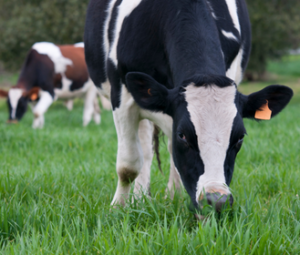
Relying on a lifetime of experience with cattle and resource conservation, Ridge and Lynne take us on a journey through production agriculture in the United States. They explain how farmers and ranchers went from grazing livestock on pasture to confining cattle in grassless pens where grain and by-products are brought to them—grain and by-products that are grown with synthetics (fertilizers, pesticides, and fungicides) and the heavy use of fossil fuels. These practices, in no small part, have led to the degradation of our soils, our waters, and, at least to some degree, our health.
This has led many to vilify animals, cows in particular, and falsely claim that they are largely responsible for climate change. This book helps to set the record straight: This new method of grazing cattle has a net climate benefit. As Ridge and Lynne so truthfully state, “Regenerative grazing will change the way our society thinks about beef, because the grazing itself is as significant as the meat.”
The Significance of Grazing
The act of grazing as significant as the meat itself? Yes! Few are aware of just how important it is for plants to be grazed. For eons, the simple act of an herbivore biting off part of a plant has led to what Dr. Allen Williams refers to as “positive compounding effects.”
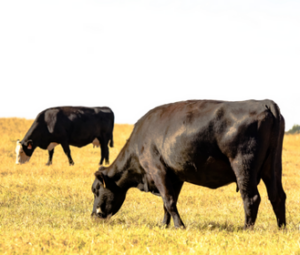
Ridge and Lynne take a deep dive into this soil health, plant health, animal health, and human health connection. It is this connection that has the ability to bring us together. No matter where your interest lies—be it climate change, clean water, profitability for farmers and ranchers, the revitalization of our rural communities, or improved human health—regenerative agriculture, driven by adaptively grazed cattle, can address many of the issues we face as a society. We can come together, finding common ground for common good.
I believe that we must continue to educate ourselves, no matter what profession we are in. To keep honing our skills, we must learn from those with experience. In Grass-Fed Beef for a Post-Pandemic World, Ridge and Lynne share their lifetimes of experience. In fact, every chapter highlights stories of people, places, and predicaments that Ridge encountered over the years as his understanding of grass-fed beef production developed.
I learned from this book and am confident that you will, too.
— Gabe Brown, June 2022
Recommended Reads
All About Cows: What has Four Legs, Says “Moo,” and Could Save the Planet?
Recent Articles
Want to keep growing food during the cold months? Try growing winter carrots in your cold house! These are even sweeter & more flavorful than spring carrots!
Read MoreSearching for the perfect book to give the homesteader in your life? We’ve got your go-to books for anyone interested in organic growing, permaculture, soil health, year-round growing & more! What’s their next great read?
Read MoreWinter is coming… but that doesn’t mean you should put away those tools just yet. Extend the growing season well past the first frost!
Read MoreThe following excerpt is from Grow a New Garden: Plan, design and transform any outdoor space by Becky Searle. It has been adapted for the web. If you’re not a gardener yet, and you have never unashamedly added horse manure to your Christmas list, you might be tempted to skip this chapter. But even if…
Read MoreLiving in a colder climate doesn’t mean you need to give up on more fragile plants. By preparing plants for the winter, you’ll set them up to survive and thrive.
Read More

